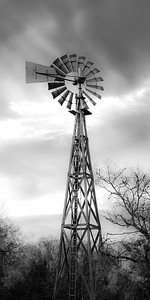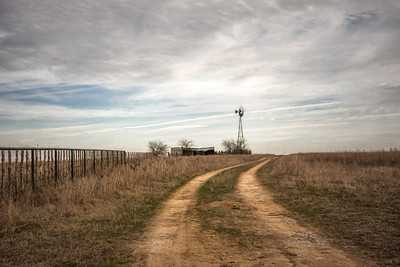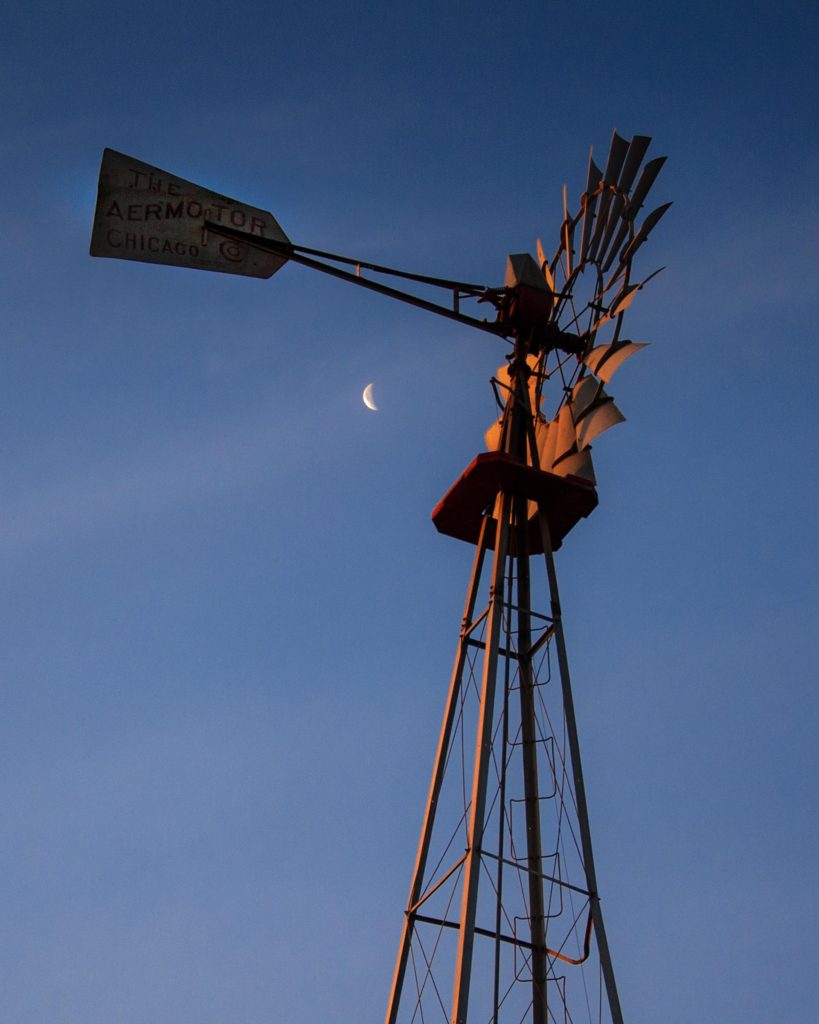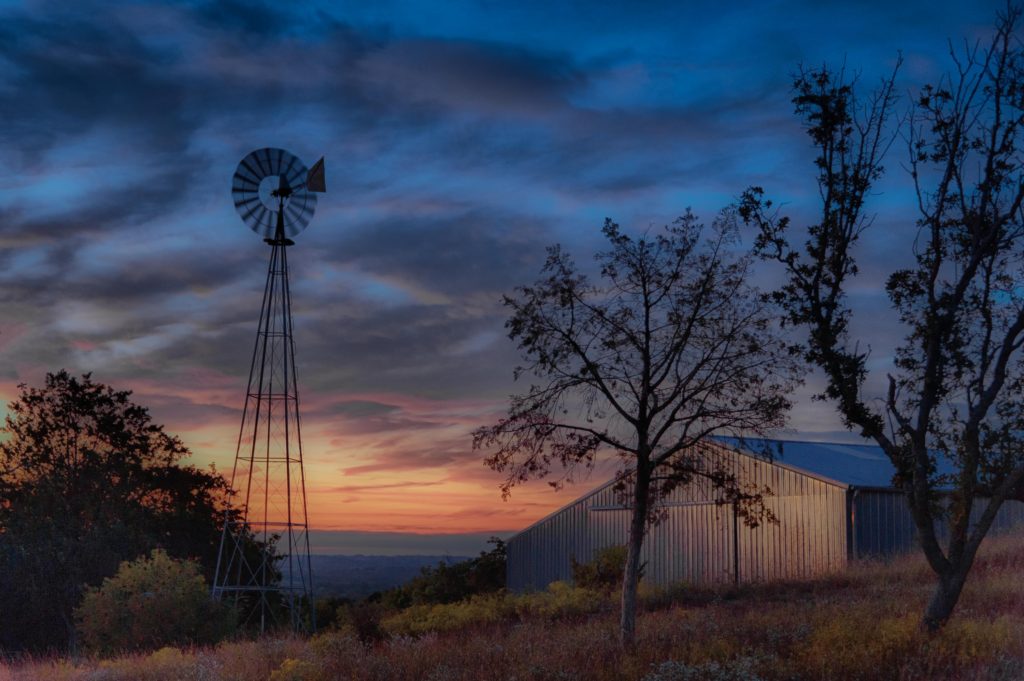You can not explore the backroads of The Lone State without seeing windmills. Prior to windmills being introduced to Texas people were forced to settle only in area where there was a constant supply of water. As you know there is vast area Texas where early settlers were unable to work the land.

The first recorded vertical windmills were in the 12th century. These evolved from horizontal windmills which had been developed in the Middle East and Central Asia in the 7th century. In the 13th century the masonry tower mills these were developed to provide more power – these were common in Great Britain, Denmark, and Germany. Later the Smock Mill was developed, replacing the masonry with a wooden framework. These were later introduced to the New World.

The first windmills built in Texas were built by European immigrants and used for grinding meal. The biggest need for this technology was to extract water from under the surface, these early windmills were unable to do this.
In 1854, Daniel Halladay built the first American made windmill in Ellington, Connecticut. Halladay added a vane, Texas ranchers called it a “tail”. The “tail” made it possible to guide the wheel into the wind. The wheel was made up of a circle of wooden slats set at angles. Centrifugal force would slow it in high winds – the windmill could operate unmanned. By 1873 the windmill had become a major source of water for the railroad, small towns, and farms where the only water supply was beneath the ground. There were many “home-made” windmills using old wagon wheels with wooden slats nailed to them. The windmills that were later used on ranches were factory-made and much more dependable.

Barbwire was introduced in the 1870’s. Suddenly waterholes, creeks, and rivers were fenced in and unavailable to some landowners. With no access to water, fighting and fence cutting began usually late at night by bands of cowboys. Many times they would light pastures on fire. Rancher began to dig wells and experimented with windmills. Many times they were unsuccessful not knowing the proper size of a windmill was need to extract water from the wells.

One of the earliest successful experiments was made in Schleicher County by Christopher Doty, a sheepman. Doty had move his sheep into the county and found a number of shallow wells available. In1882, a drought dried up his wells. He purchased a drilling rig from Fort Smith, Arkansas and bored a fifty-two foot well and erected a Star windmill. This well was capable of supplying water for his 4,000 head of sheep. This method of drilling spread quickly through out North, Central and West Texas.
Eastern land speculators began buying and fencing land – running cattle until it would be available to settlers. Land owners were forced to build windmills for livestock and their personal use. In 1887, the Capital Syndicate, the largest of these speculators began using windmills on it’s XIT Ranch. By 1900 the XIT had 335 windmills in use – including what was believed to be the Worlds tallest windmill at 132 feet tall, it blew over in 1926. By the 1900 windmills were used all over Texas, inhabitable land had become habitable! Texas would soon become the largest user of windmills in the United States – only two Texas companies produced windmills on a large scale,, the Axtell Company in Fort Worth and the San Antonio Machine and Supply Company. There were 99,050 windmills produced in the United States in 1928. Over 35,000 of these were sold in Texas.
In the 1970, during the Middle East oil embargo the US government increased the funding for research using windmills as a source of energy.

The windmill is a constant reminder of the hardships and loneliness of the early Texans that settle the vast remotes areas of The Lone Star State. These early settlers are the inspiration for all Texas and our “Don’t Mess With Texas” attitude.
“You find out the strength of a wind by trying to walk against it, not by lying down” C.S Lewis
